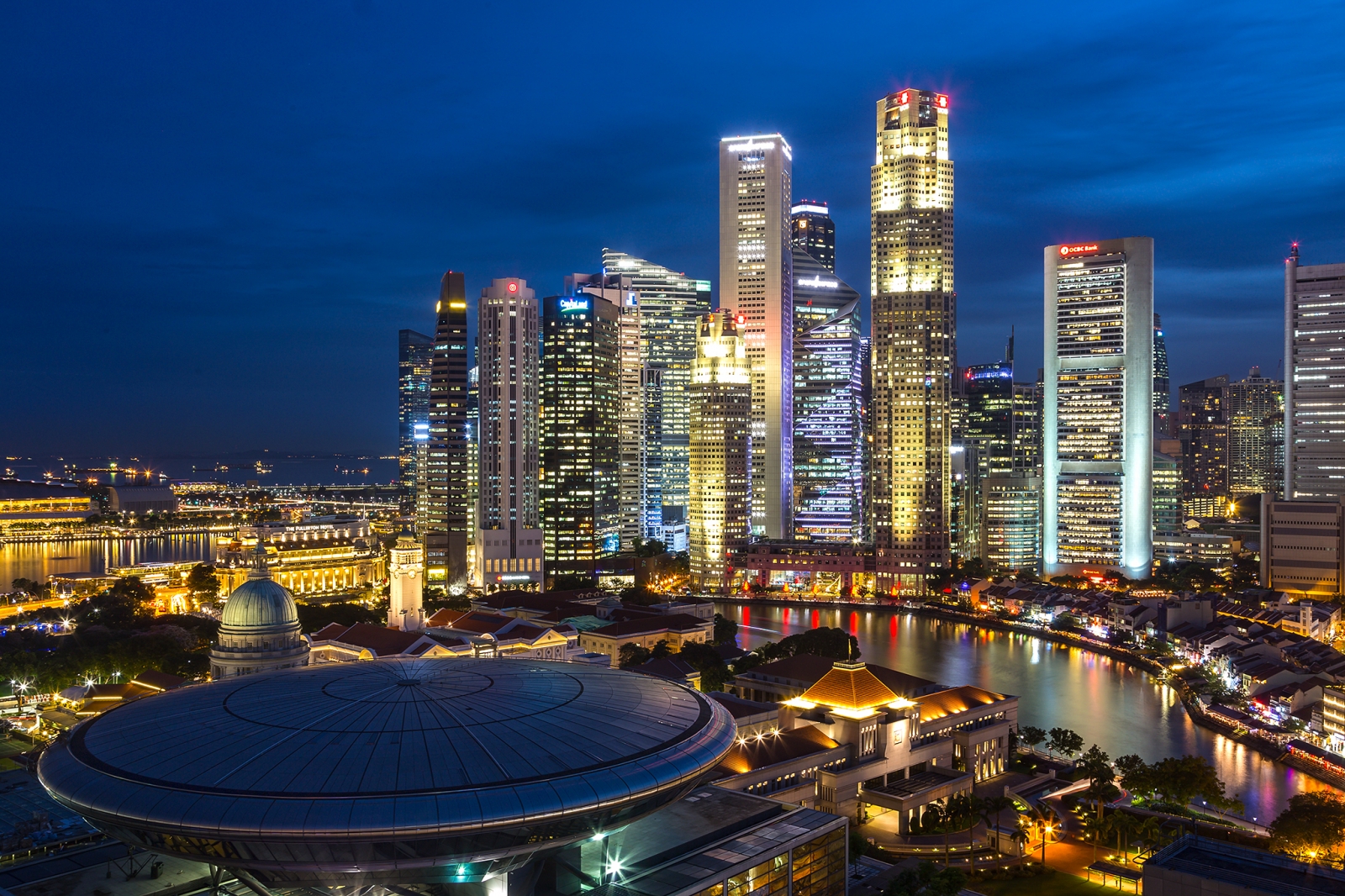As Southeast Asian countries gear up for the energy transition in a bid to meet their countries’ net-zero emission targets, a regional power grid connecting various member states of ASEAN may no longer just be a pipe dream.
The concept of ASEAN power grid was first mooted in the late 1990s as a means for member states to cooperate in energy efficiency and develop renewable energy, it has unfortunately been languishing in development hell for the past two decades. That is until now, as member states ready for energy transition.
.jpg)
(Photo: iStock)
Keppel Corp subsidiary City Energy is partnering with Gentari, the renewable energy arm of Malaysia oil giant Petronas, to conduct a feasibility study on the construction of a pipeline from Malaysia to Singapore for the city-state to import hydrogen.
A regional power market would need these bilateral investments as a start first, said Sharbini Suhaili, CEO of Sarawak Energy.
“When people are comfortable with power trading, then the logic of a regional market will become very clear. The private sector needs to drive this, but the government needs to then put in enabling policies and frameworks to assist us,” he said on October 24 at the Singapore International Energy Week conference.
“To build a regional grid in ASEAN, which is very diverse and geographically expansive, is a huge challenge... But if we don’t do anything different, then in 10 years’ time, we will still be talking about the same thing,” Suhaili added.
The utility company for Sarawak state had also previously announced that it is in talks to supply up to 1 GW of hydropower to Singapore by 2032 through submarine cables.
Suhaili also said that Sarawak Energy is studying how to produce green hydrogen at a cost that the market is ready to pay for. If successful, it could also consider exporting it to Singapore.
Speaking at the same panel discussion, Dannif Danusaputro, CEO of Indonesia’s Pertamina, said it already has a gas pipeline to Singapore and is now looking at the potential of exporting hydrogen to the city-state through the existing transmission lines.
He also mentioned that if the regional grid connectivity can be further expanded, the potential for geothermal energy would be further unlocked.
Singapore is probably the most starved of domestic renewable energy resources in the region. The government issued two requests for proposals in November 2021 and June 2022 for low-carbon electricity imports as part of its efforts to decarbonize its power sector to meet net-zero targets by 2050.

Singapore issued two requests for proposals in November 2021 and June 2022 for low-carbon electricity imports as part of its efforts to decarbonize its power sector. (Photo: Rodney Topor)
Last year, Malaysia and Indonesia imposed a temporary export ban on renewable energy, though both counties have already lifted the ban.
Frank Phuan, business CEO of EDP Renewables in Asia-Pacific, said it is important for Singapore to understand what its neighbors want as they seek energy imports from them.
He said, “Let’s not forget that almost a year ago, two of our closest neighbors (Malaysia and Indonesia) announced a ban on energy export. Let’s not forget that. So one year later, I think we are all revisiting this. I think it’s also because of economics.”
Phuan also mentioned that Indonesia is looking to establish a renewable production ecosystem for the long term, beyond the recently implemented cross-border projects with Singapore, while Malaysia is exploring the possibility of setting up an energy exchange policy.





